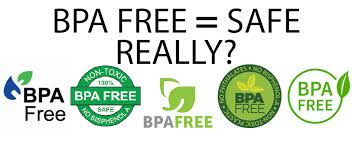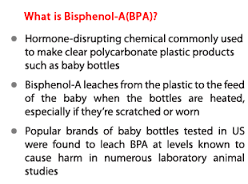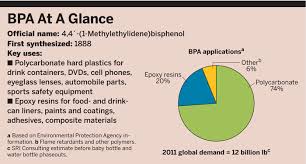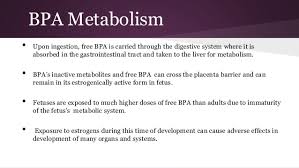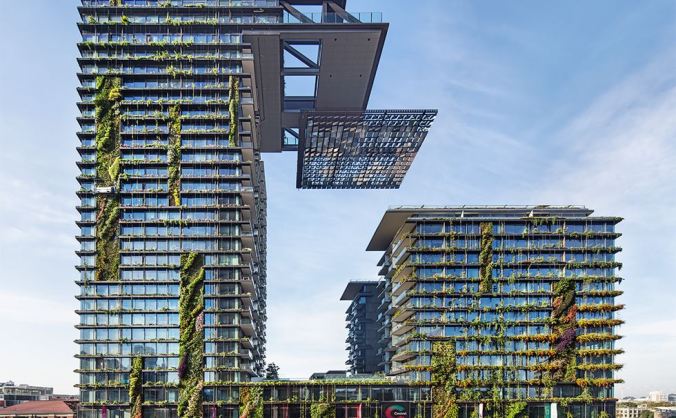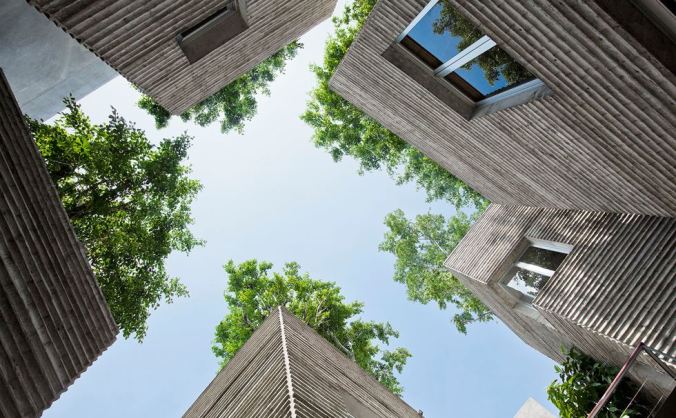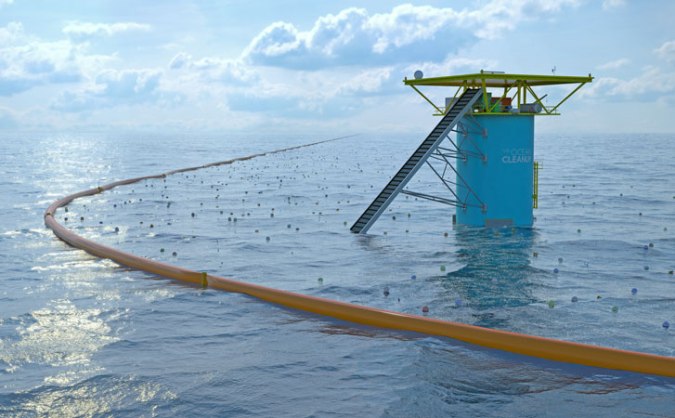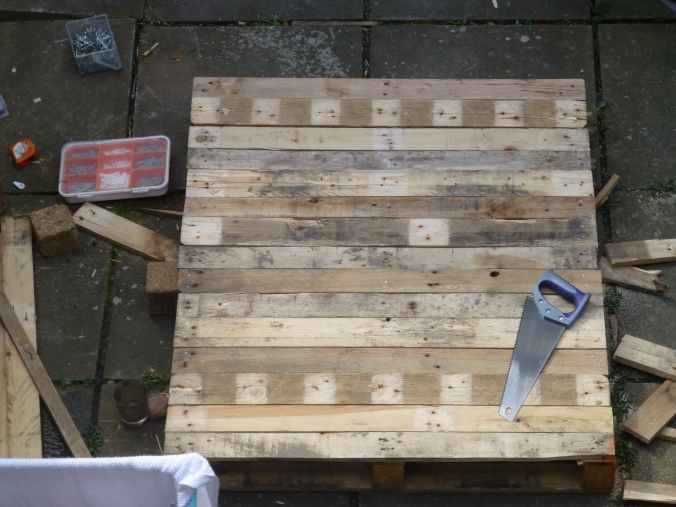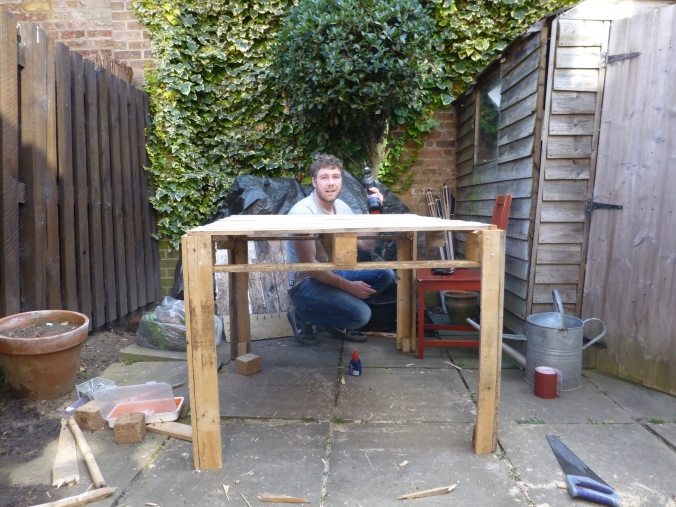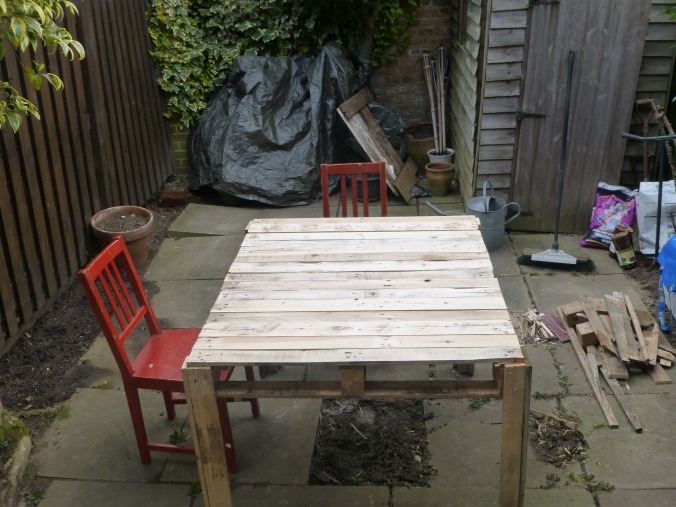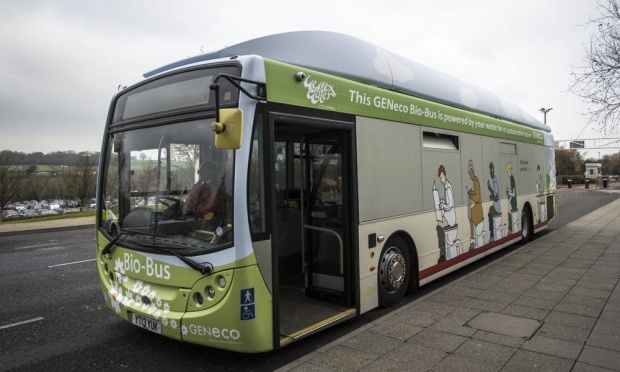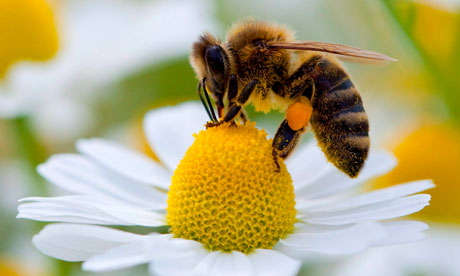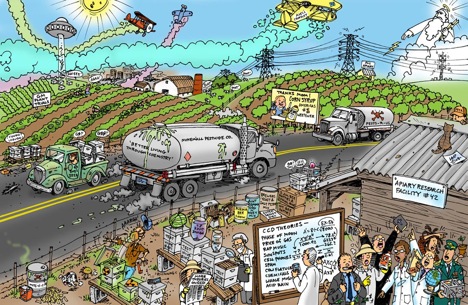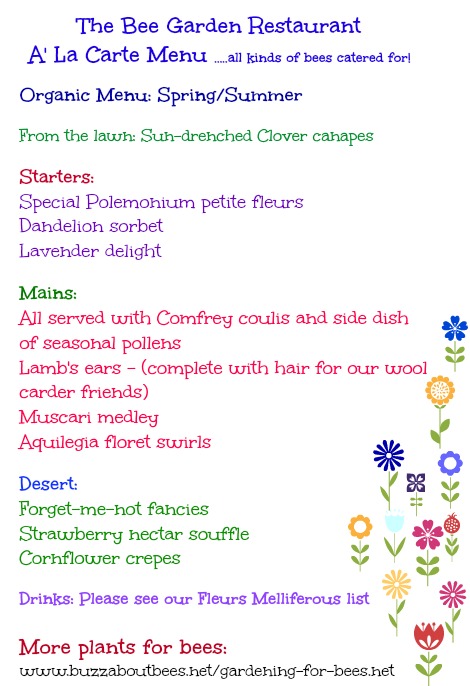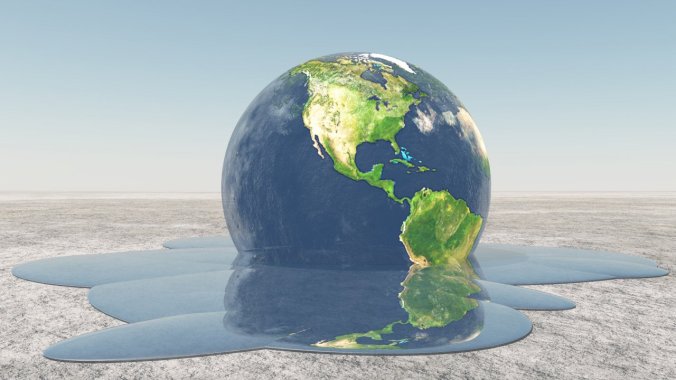
The earth requires certain environmental parameters for the earths systems to function as normal. Scientists have developed nine key areas that have the potential to seriously affect the earths systems and essentially the earth as we know it. These nine key areas are what is known as the planetary boundaries.
We currently live within the holocene epoch which is defined by its hospitality towards humans and our societies, however the concern is that according to research papers “a continuing trajectory away from the Holocene could lead, with an uncomfortably high probability, to a very different state of the Earth system, one that is likely to be much less hospitable to the development of human societies”. What the planetary boundaries do is define a ‘safe operating space’ in which modern humans can thrive. It does this by defining boundaries of earth system processes that when crossed can change the way the earth functions. The planetary boundaries are defined as being within either the safe zone or the zone of uncertainty. Within the safe zone generally there is a high probability that we are able to predict environmental responses and outcomes, whereas in the zone of uncertainty, our ability to predict the earths response gets less accurate the further down the zone of uncertainty.
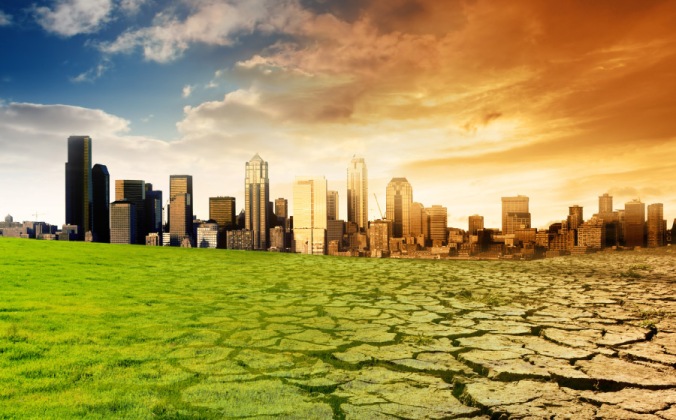
The nine planetary boundaries are:
Climate Change: Which is the observed rise in temperatures and associated earth systems changes and related affects. It often looks at greenhouse gas emissions and has placed a value the amount of CO2 in the atmosphere. The Zone of uncertainty is currently defined as between 350-550 parts per million (ppm), although we are current sitting at approximately 400ppm.
Changes in Biosphere integrity: This is essentially biodiversity loss and the impact that this could have on earth system functions, which are largely unknown. At present the extinction rate far exceeds the ‘normal’ or ‘natural’ extinction rate that would be occurring without human impacts. This has huge repercussions as a reduction in species and population numbers less to less genetic diversity and makes it harder for species to adapt to changing environments. This could result in the loss keystone species which can impact on ecosystems in huge ways.
Stratospheric Ozone depletion: This related to the ozone layer and the hole in the ozone layer that will have an impact on earth system function.
Ocean Acidification: This is linked to he climate change boundary in that ocean acidification is a result of CO2 in the atmosphere. As temperatures increase, the carrying capacity of CO2 in the oceans increase which leads to the acidification of the ocean. As the acidity of the oceans increase so too does the impact on ocean ex systems and the ability of the oceans to sustain life.
Biogeochemical flow: This looks at the chemicals of phosphorus and Nitrogen and other elements in the environment which can impact on biodiversity on both the land and the ocean. This is related to the use of chemicals including fertilisers which have devastating impacts water ways and freshwater.
Land System Change: The impact of our land uses and the changes made to the land that impact the environment and other earth systems. This included deforestation which changes the local environment through altering evapotranspiration. It also looks at the changing of the landscape for cropland and how much crop land can be created before it impacts on normal earth system functioning.
Freshwater Use: Freshwater security is important for earth system functions on many levels. It forms an essential part of certain eco- systems, as well as provided drinking water, and water for agriculture.
Atmospheric Aerosol Loading: Is the overall particle contamination in the atmosphere. These include both natural and artificial forms or aerosol. The gases can impact on the earth through the transformation into acid rain. They can also interact with the environment by the scattering of sunlight directly back into space. This can lead to a significant decrease in the temperature, being an additional element to the greenhouse effect and therefore contributing to the global climate change. Aerosols are able to modify the size of the cloud particles in the lower atmosphere, thereby changing the way clouds reflect and absorb light and therefore modifying the Earth’s energy budget. When aerosols absorb pollutants, it facilitates the deposition of pollutants to the surface of the earth as well as to bodies of water. This has the potential to be damaging to both the environment and human health.
Chemical Pollution/ Introduction of Novel entities: These novel entities are new substances or new forms of existing substances, that have the potential for unwanted biological effects. These are concerning as they often show (i) persistence, (ii) mobility across scales with consequent widespread distributions, and (iii) potential impacts on vital Earth-system processes or subsystems. The risks associated with the introduction of novel entities into the Earth system are demonstrated by the release of CFCs (chlorofluorocarbons), which are very useful synthetic chemicals that were thought to be harmless but had unexpected, dramatic impacts on the stratospheric ozone layer. Today there are more than 100,000 substances in global commerce which have unknown impacts on the environment.
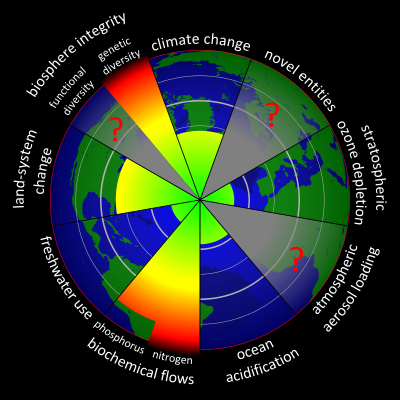
Within the nine planetary boundaries, we have already crossed the boundaries into the zone of uncertainty for land use change, biosphere integrity, climate change, and biogeochemical flow. We have moved past the zones of uncertainty into areas of high risk for biosphere integrity as demonstrated by the high numbers of biodiversity loss, and biogeochemical flow.
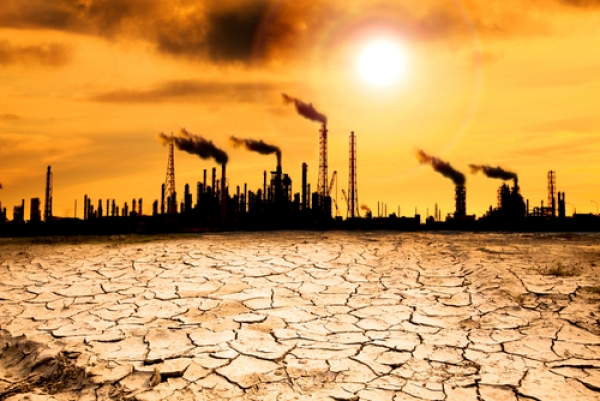
The longer that we disregard the need to live more sustainably and fail to address our resource use, overconsumption and general destructive behaviours, the higher the chance that we have of crossing the planetary boundaries which could have devastating and irreversible effects on the planet. We have already pushed the planet to the limit on several of the boundaries and moving that way with several others. It is important that we all acknowledge the need to address these issues, and make changes individually as well as on a larger scale politically. Although the prognosis looks grim, positive change has been been seen. Positive change was evidenced by the reduction of CFC’s in the atmosphere. Since the banning of these substances there has been an identified reduction which highlights the positive impact of public pressure and government policy change.
Be aware and make the change.
